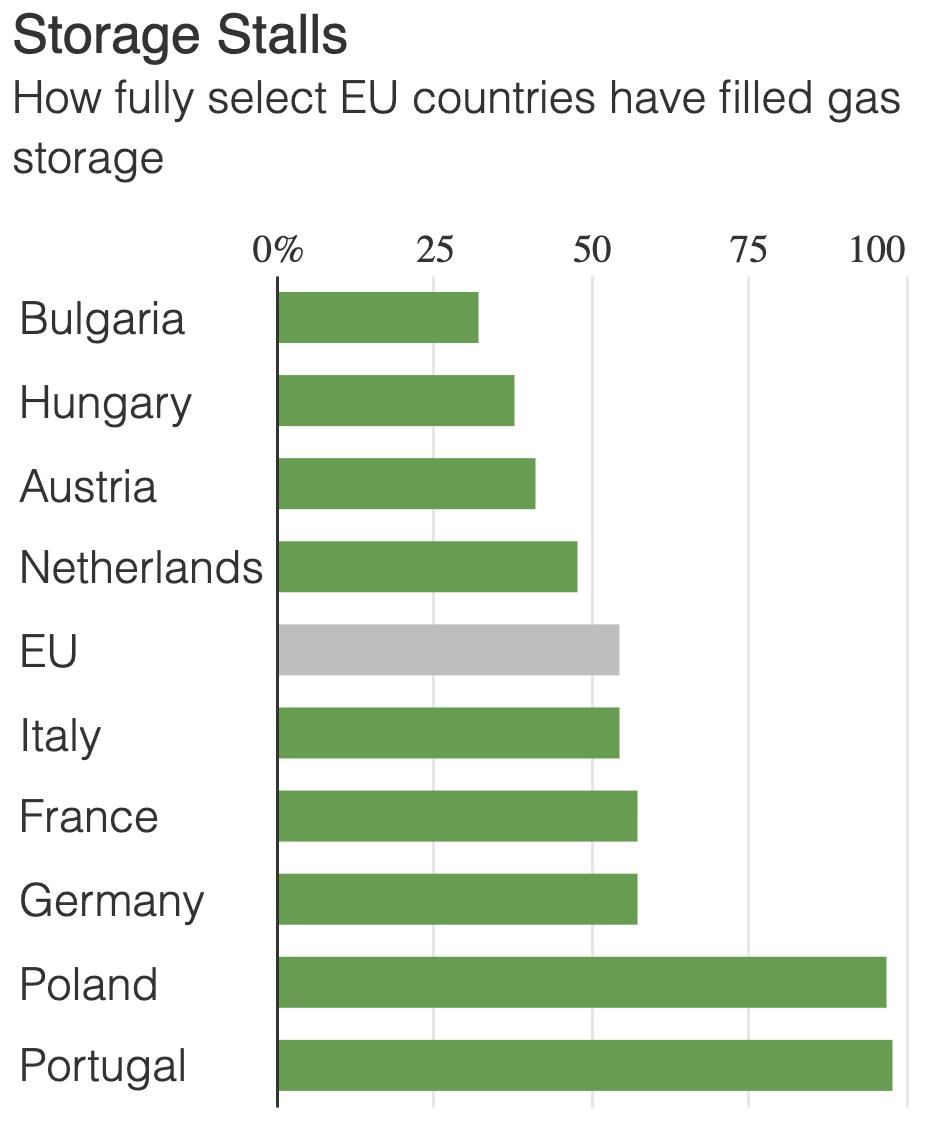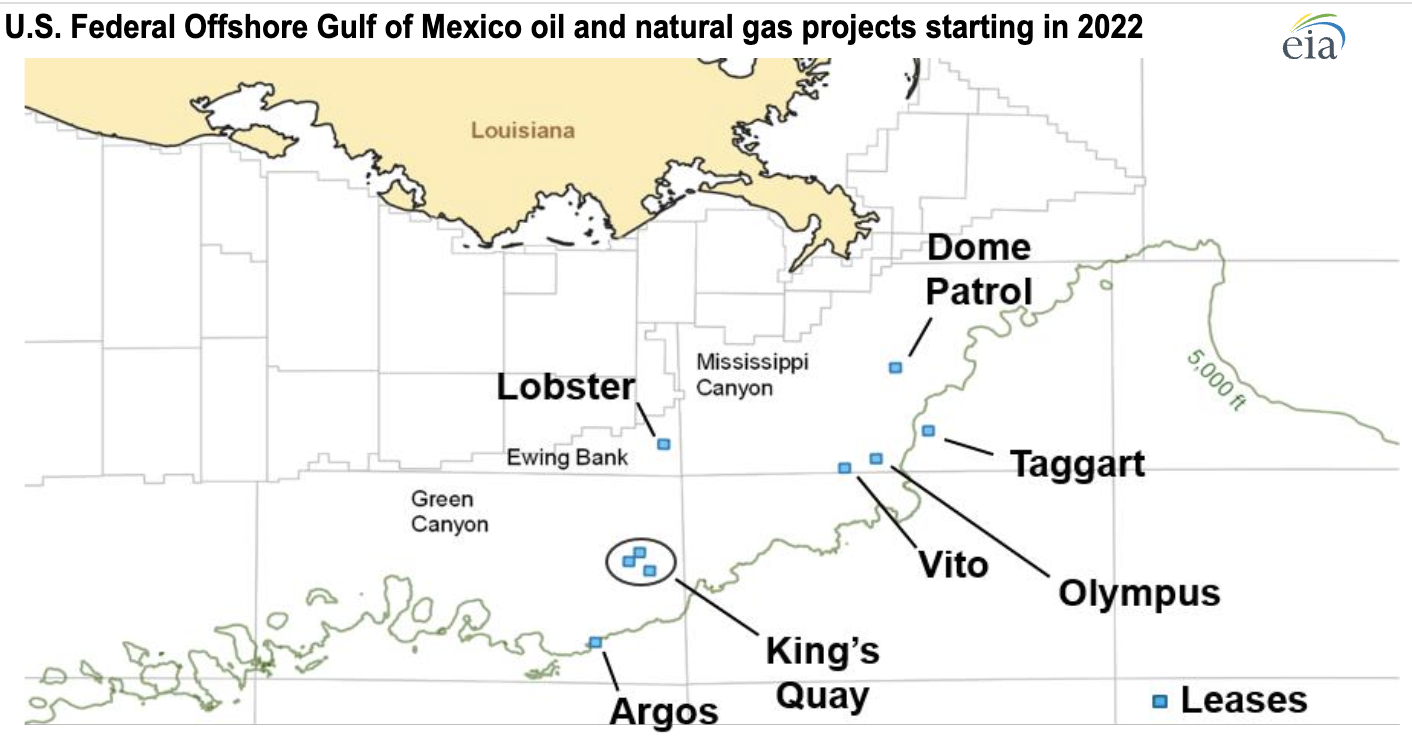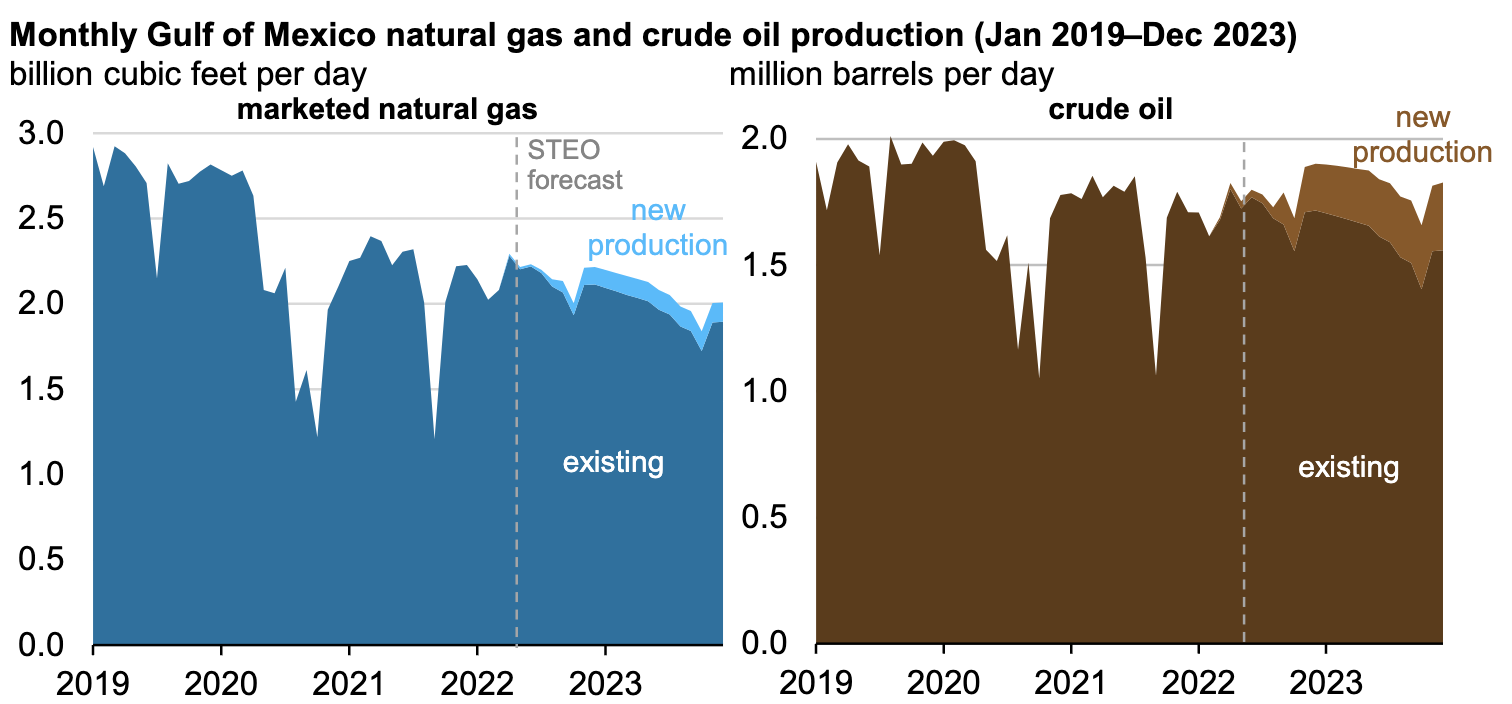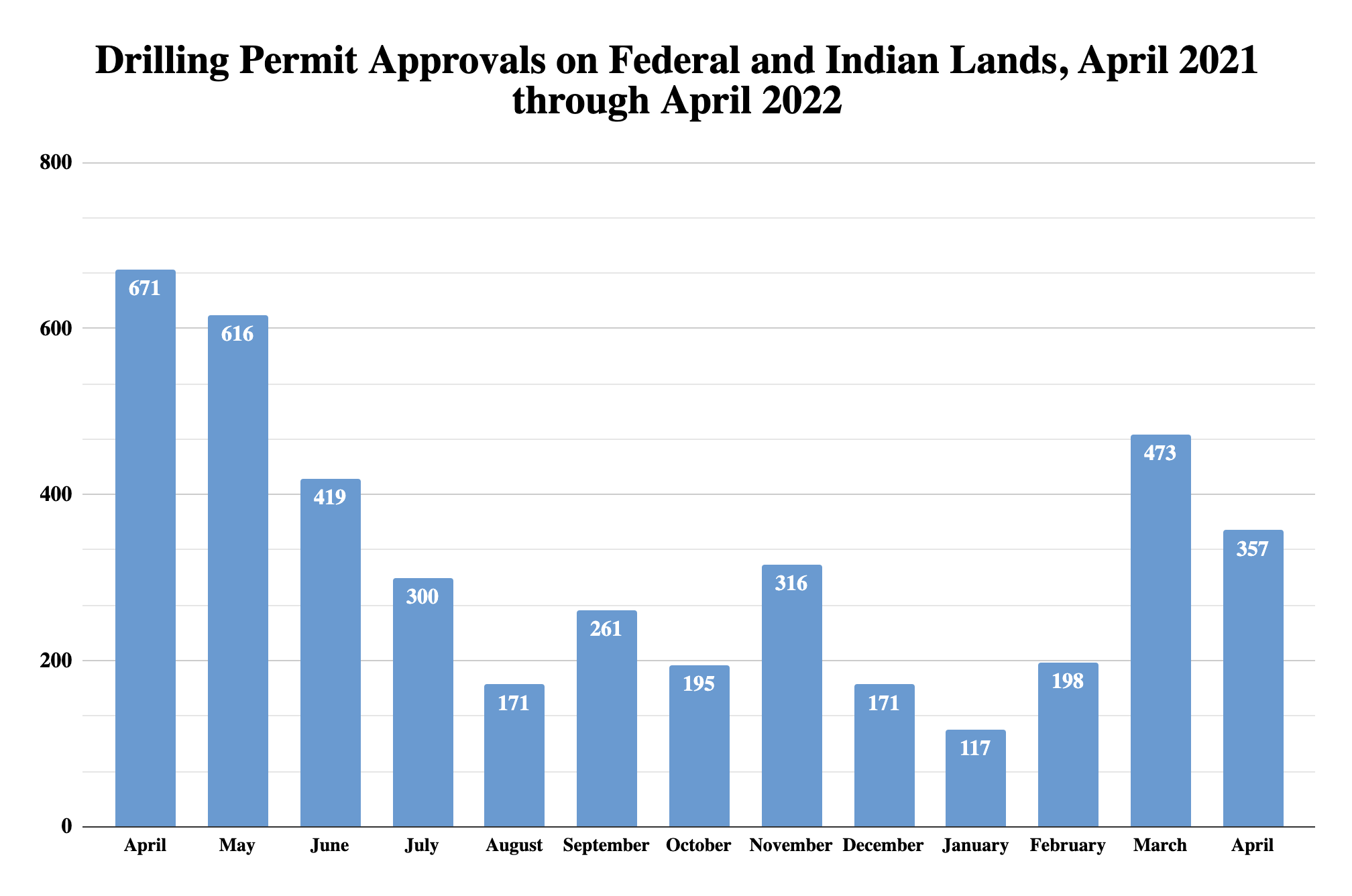On this episode of The Unregulated Podcast, Tom Pyle and Mike McKenna disscuss President Biden’s “secret plan” to defeat inflation and other headlines from this week.
Links:
- One year ago today, Joe Biden held one of the most embarrassing press conferences in American history, claiming it was “highly unlikely” the Taliban would take over Afghanistan. One month later, it happened.
- RIP Woody Williams, the last surviving MOH recipient from WW2. All gone. All 472.
- “You didn’t answer his important question… Who is advising the president on shockingly naive price theory over a gallon of gas?” “Is this just central planning now? Where is this White House going?”
- Soaring demand for electricity and coal shows why we need nuclear energy
- Roberts, Kavanaugh helped liberals notch small victories at Supreme Court
- Shinzo Abe of Japan Dies After Being Shot During Speech
- Why British Voters Lost Patience With Boris Johnson
- Joe Biden has a secret plan to fight inflation.







